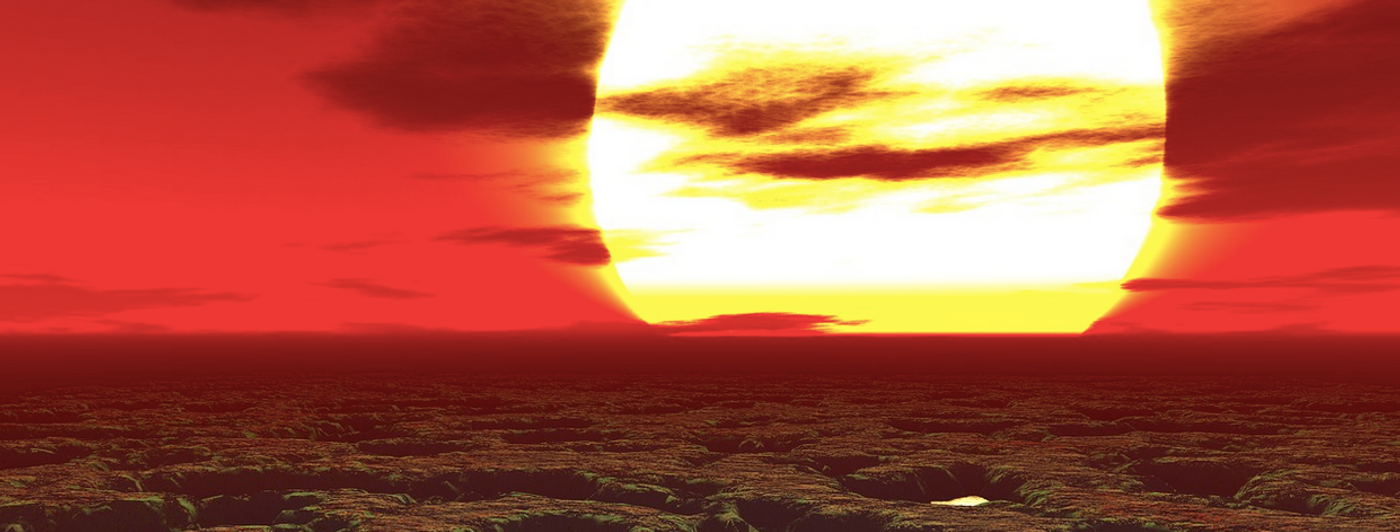This Scorching Hot Planet Orbits Its Star in Eight Hours
Scientists discovered an exoplanet that has some wild characteristics. This exoplanet, called GJ 367b, was identified by researchers using data collected by TESS, the Transiting Exoplanet Survey Satellite from NASA. The findings have been reported in Science.
This small planet is about 72 percent of Earth's radius and denser than Earth. The researchers have suggested that unlike Earth, which has an iron core and rocky mantle, this planet is probably made entirely of iron.
It's also incredibly hot. It sits close to its parent star, and gets blasted by radiation. The surface of GJ 367b may reach temperatures near 1,500º Celsius during its daytime, which would melt the rocks on the surface. The orbit is a mere 7.7 hours, so what takes about 365 days on Earth takes less than eight hours on GJ 367b. That orbit puts it in a class of planets that are thought to have "ultra-short periods" (USPs). USPs take less than 24 hours to orbit their parent stars.
"We already know a few of these, but their origins are currently unknown," said study leader Dr. Kristine Lam of the Institute of Planetary Research at the German Aerospace Center. "By measuring the precise fundamental properties of the USP planet, we can get a glimpse of the system's formation and evolution history."
The parent star is a red dwarf called GJ 367. It is smaller and cooler than the Sun, which made GH 367b easier to study. Scientists have estimated that an average of about three planets orbit red dwarfs known as class M stars. Those planets would be four times the size of Earth at the most.
"From the precise determination of its radius and mass, GJ 367b is classified as a rocky planet. This places it among the sub-Earth sized terrestrial planets and brings research one step forward in the search for a 'second' Earth," said Lam.
The heat that this planet is exposed to is close to iron's vaporization point, which suggests that GJ 367b is the remnant of a planet whose mantle was burned away, leaving only an iron core remaining.









